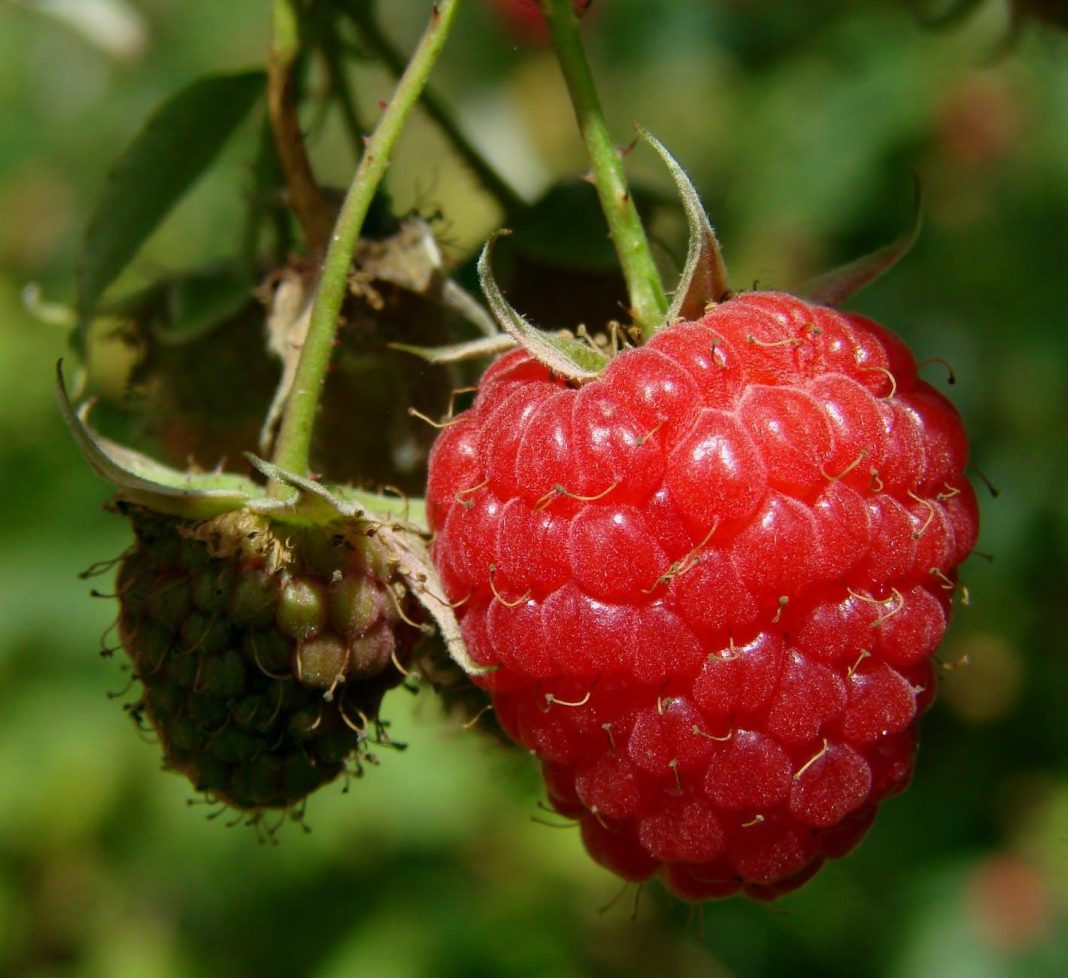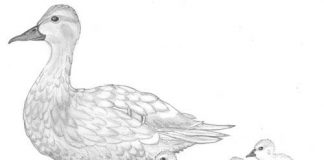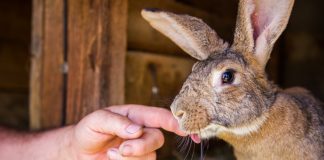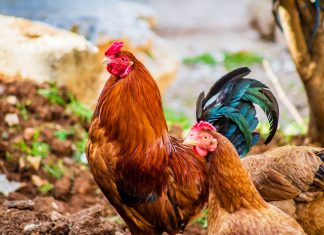| Issue #85 • January/February, 2004 |
Isn’t it funny how even the things we step on while walking on the lawn have value? I learned this first hand last summer as I discovered some of the most wonderful helpers of the plant kingdom, all of which we generally snub as lowly weeds, and all of which now play a significant role on my homestead. Most people will consider my new plant resources as pests, but having tested their particular fruits, I now consider these “weeds” to be exotic plants for the homestead. As you will see, if you give these plants a try next growing season, they have many benefits to those seeking self-reliance.
One of those benefits is that they are stronger than our cultivated vegetable varieties, and don’t need as much coddling to thrive in your garden. These widespread native species are acclimated to their geographical location and that location’s growing conditions. For example, my location is mountainous and cold, and while I can expect frost at any time of the year, my exotic plants are relatively unaffected though I must cover my conventional vegetables for protection. Whether you live in an arid, wet, or cold climate, the plants that you collect in your location will be adapted to your location’s climate. Other benefits come from the plants themselves. Each plant has a variety of uses and each use is unique to the plant providing it. We will discuss these uses as we discuss the individual plants.
|
The cultivation of these plants is pretty straightforward. You will either collect their seeds or transplant the entire plant. Check with your local laws before transplanting any plant. Some species are protected by law, and “harming” them could bring you legal troubles. For plants that are annual (grow once, then die off and leave seeds) or small, easy to grow plants, you will be collecting seed from them, as transplanting these plants is not as productive. When collecting seeds from any plant, be sure to allow the seeds to mature on the plant. The seeds should be dry, not green, and hard. The plant should look dry and perhaps dead. This way the seeds will be fertile and productive. Pluck the seed pods from the stalk and rub them between your hands to extract the seeds, then place them on a piece of paper or outdoor work desk, and gently blow on the pile of seeds to separate the chaff. Store your seeds in an empty vitamin or pill bottle.
You will need to transplant larger perennial plants and shrubs, as growing some of these plants could take decades. Of course collecting seeds from these plants will work, if digging them up is illegal in your area. It will just take a lot longer to reap their benefits. Begin in the spring and summer by identifying the plants in your area that you wish to transplant into your yard or garden. Look for the strongest, healthiest plants, not necessarily the biggest. When you’ve found your plants, mark them by tying a cloth around a branch or trunk, then write down in a notebook what you have found and where they are located. Come back to your prospective transplants in early autumn when the plants have gone dormant. If you can carry water with you, water your plants heavily before digging up. This will help the soil stick more closely to the plant’s root ball. When using your shovel, give a wide berth to the plants. You may have to dig up more than one at a time, but this is OK. Place your plants into a box, and pack with more soil, until the box is filled and no roots are exposed. Now, transport your plants to their new homes where you will already have their holes dug. Place your plants into their new soil, covering their roots. You may have to stake them up temporarily. Now water again and mulch. Coddle your transplants their first year with plenty of water and mulch. To help their roots, crush some B complex vitamins and mix the powder into the soil.
Types of plants
Now that you know how to collect your wonder plants, you must be curious as to exactly what plants I have been raving about. Here is my list of plants and their benefits. These plants are widespread and have varieties growing in most geographical locations. All varieties have the same benefits and will serve their homesteaders well.
|
Shepherd’s purse: On the top of my list is shepherd’s purse. Also known as pepper grass, this is an extremely handy and useful plant, so much so, that it should be cultivated by everyone as a conventional garden plant. Its leaves contain more vitamin C than oranges and has been used in herbal medicine against scurvy. The leaves are also used as a substitute for lettuce, and when finely cut, can be fed to chickens who need greens for proper nutrition. The addition of shepherd’s purse greens to chickens’ diet will improve the chickens’ overall health because of the vitamin C content.
The real benefit to shepherd’s purse however, is its seeds. The seeds of shepherd’s purse, when not used for plant production, are used as a substitute for pepper. When ground in a pepper grinder and sprinkled over food, the seeds have a spicy pepper flavor. If for no other reason, shepherd’s purse should be cultivated for its spicy seeds. The seeds also make a great sales item in farmers markets. Sold in pepper shakers, the crushed seeds make a wonderful cash crop.
Shepherd’s purse is an annual that grows close to the ground and has quite small leaves. The seeds grow on stalks that grow up above the leaves. Each seed pod growing on the stalk looks like a shepherd’s purse (hence the name) and contains two seeds. They are collected in the exact manner described in the paragraph detailing collecting seeds. To grow shepherd’s purse, plant your seeds one eighth inch deep, and one inch apart in your garden.
Plaintain: More useful than at first thought is plantain. Plantain is not considered useful, mostly because of its unwanted abundance in the lawns of suburbanites. On the homestead however, its abundance and proclivity can be put to good use. The leaves, tender when young, but becoming tough quickly, are a good source of calcium making the finely cut greens of considerable value when added to laying hen feed, as laying chickens need extra calcium to produce eggs. This also tends to free up more garden kale for human consumption. The leaves of plantain are also very soothing to bruises when mixed with olive oil and pounded into a poultice. The seeds, when not used for plant production, may be powdered. One teaspoon added to one cup of hot water to steep is good for a sore throat.
|
Plantain is so common that you probably don’t need to bother growing it, but if you wish to anyway, grow it by seed as it is annual. Its leaves grow close to the ground, and its seed pods grow along the entire surface of its single stem shoots. Collect them in the usual manner and rake into your soil along a row.
Wild rice: Wild rice is very tasty, nutritious, and the variety growing in my area is also very expensive. Fetching prices of four to six dollars per single serving boxes, wild rice makes a fabulous cash crop. Look for varieties in your area next to rivers, lakes, and other waterways. Wild rice is a type of long, single-stemmed grass with a blade (leaf) growing from the stem alternately. Its kernel (seed) is larger than most wild grass seeds and of course like wheat and other grasses, is the edible portion. Wild rice is definitely worth the space on your homestead whether you use wild rice as a cash crop, or on your own plate.
To cultivate wild rice, thresh the kernels when they are mature by cutting the stalks, then gathering the stalks into bundles and hitting the kernel ends on the ground. When you do this, the kernels will fall onto the ground. Gather the kernels, and rub them hard, and vigorously between your hands to separate the chaff. Let the chaff and kernels fall from your hands onto a blanket. Use the blanket to winnow the chaff away. The kernels are then ready to eat or sell. It is not necessary to separate the chaff or winnow if you are going to plant the kernels.
|
Plant the kernels early in the spring or late autumn by sprinkling in rows and mulching. If you are planting in the autumn, mulch heavily. In the spring, keep the soil soaked. Standing water is OK. After spring, regular watering will be fine. If you have a source of water on your property such as a river, plant your wild rice along its banks to use as a source of water.
Wild raspberries: Wild raspberries are plentiful in the mountains of my area and are easily transplanted and grown. Their berries are high in fiber and vitamins. Their leaves are used in herbal medicine against female complaints. The berries are very useful on the homestead in jellies, jams, or raw. The berries are also an excellent cash crop grown with other useful plants such as wild roses, currents, and elderberries in hedge row privacy screens. They can be advertised as U pick wild raspberries and can bring in a tidy sum.
Cultivate wild raspberries by following the directions in the paragraph detailing transplanting techniques. Transplant raspberries seven feet from each other and other plants to allow for spreading. Transplant with other plants mentioned above for a wild setting and for a privacy screen. The privacy screen will also provide habitation for wildlife if you wish to observe animals or are a hunter.
Currents: Currents grow mainly in mountainous areas, but I include them here, as their cousins, gooseberries, are more widespread and can be purchased in nurseries. Currents produce small, delicious, red berries. They produce very heavily when kept watered and are a benefit to the homesteading type, as their berries are becoming rare and considered a delicacy. This also makes their berries and jellies a tremendous cash crop. If you are also growing apples on your homestead, grow your currents on the other side of your property, as currents can also spread some rust diseases. Cultivate currents as you would for wild raspberries.
|
Wild roses: Wild roses, as with raspberries, make an excellent property barrier due to their thorny canes. Wild roses grow thickly, smell great when blooming, and produce loads of rose hips. The rose hips are harvested after they’ve turned completely red. The hips are then boiled until they are soft, then mashed, and strained through cheese cloth. Add two cups of sugar to one cup of strained rose hips, then can as any other fruit. The hips may also be dried and powdered to be brewed into rose hip tea. The hips are also high in vitamin C.
Transplant wild roses in the same manner as currents and wild raspberries, unless you want an instant living fence. In this case, plant your roses three feet apart in two or more rows. Stagger your rows so that plants in one row will fill the three foot gap in the plants of the previous row. This may also be accomplished with wild raspberries.
Elderberries: Elderberries provide clusters of small delicious purple berries. They also add the dimension of height to your privacy screen, and provide shelter for songbirds. Elderberry jelly also provides a moderate cash crop, though the berries themselves do not bring in as much. Elderberry’s use on the homestead is probably best relegated to personal use. The berries are delicious in jellies, pies, and wine. Its pithy branches can be used in craft projects to make whistles, flutes, and pipes.
Transplanting wild elderberries is basically the same as with the other plants that have been described. The difference is that you must look for younger, and therefore smaller shrubs to transplant. This is because the elderberry grows to a larger height than our other shrubs, making transportation more difficult. Also, you will want to plant your elderberries staggered along your privacy barrier to give a broken, natural look and to create a look of depth as well as height.
These are my suggestions. Some of the plants described can produce valuable cash crops, and some are great for personal use, but all certainly have a place on the homestead.



















